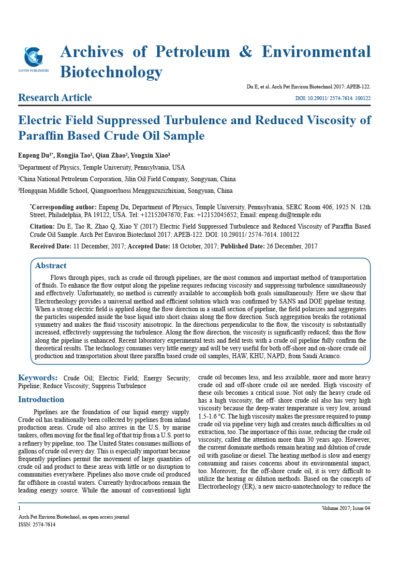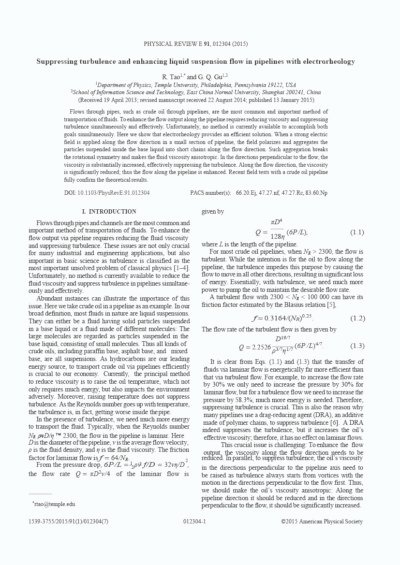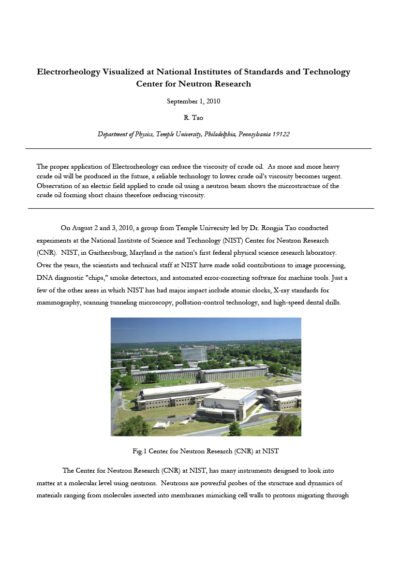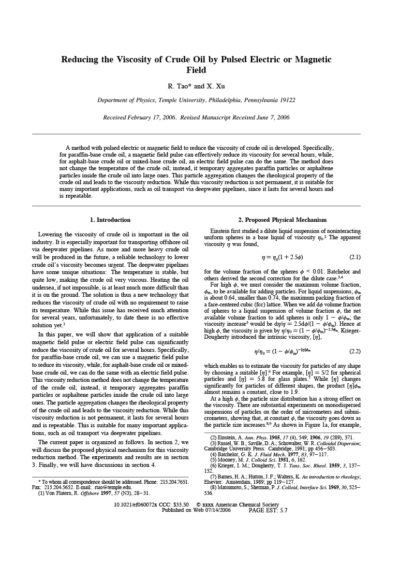HOW AOT WORKS
MOLECULAR “CARPOOLING” AS NEVER SEEN BEFORE

AOT AT A GLANCE
ASINOTROPICAL ATOMS
The AOT is the result of a multi-year research and development program conducted at Temple University with extensive design, fabrication and testing protocols involving over a dozen leading companies from all sectors of the energy industry.
Harnessing the principles of electrorheology, the application of a high-strength electric field to change the mechanical behavior of fluids, the AOT system decreases the viscosity of petroleum by causing particulate matter such as paraffin, asphaltene, and other impurities to agglomerate together into nanoscale clusters thus reducing their surface volume.
By reducing the surface volume the friction/drag of the bulk fluid is reduced. Dr. Rongjia Tao, of Temple University’s Physics Department and a leading expert in the study of electrorheological fluids and magnetorheological suspension, is co-developer of the proprietary AOT viscosity reduction technology and has supervised laboratory testing of hundreds of petroleum samples, ranging from heavy bitumen to superlight condensates, in order to prove its efficacy.
AOT EFFECT ON OIL
MOLECULAR “CARPOOLING”
A low current high voltage supply is connected to the AOT to create a strong electric field in the direction of flow.
The electric field polarizes the particles causing them to be attracted to each other forcing them into clusters. Reducing the particle count reduces the viscosity.
The direction of the electric field in parallel to the flow because the clusters formed have aspect ratios greater than 1:1. Having the smaller cross section in the flow stream further reduces the viscosity in the direction of flow.
SCIENTIFIC PUBLICATIONS
WANT TO DIVE DEEPER INTO THE SUBJECT?
If you’re eager to explore the depths of the Nanostructural Transformation, we’ve got just the thing for you: a selection of compelling scientific articles that will broaden your understanding of the AOT.
If you wish to receive all QS Energy updates on AOT via our QS Updates email alerts service, please click here and fill in the form to be automatically added to our mailing list.






